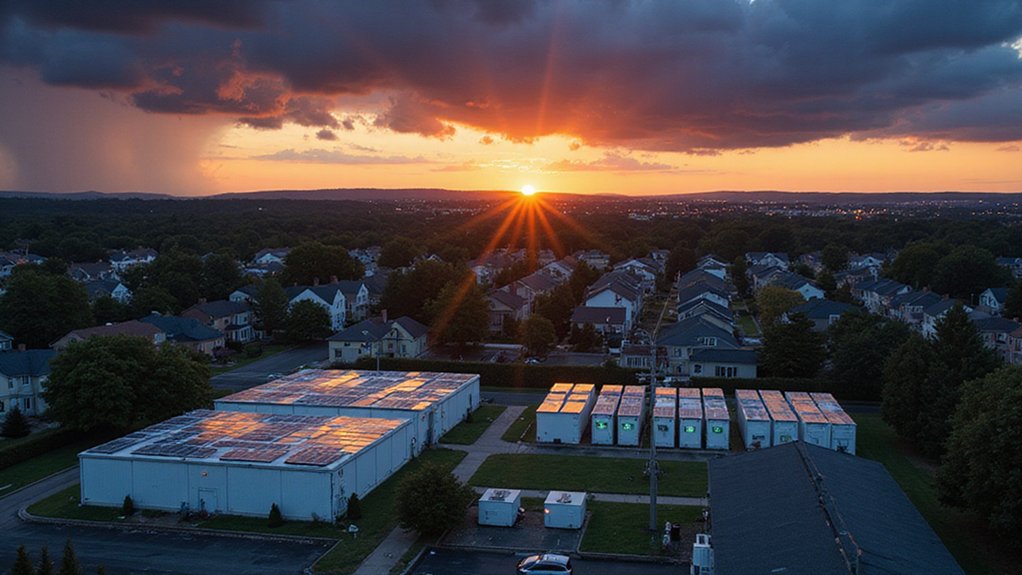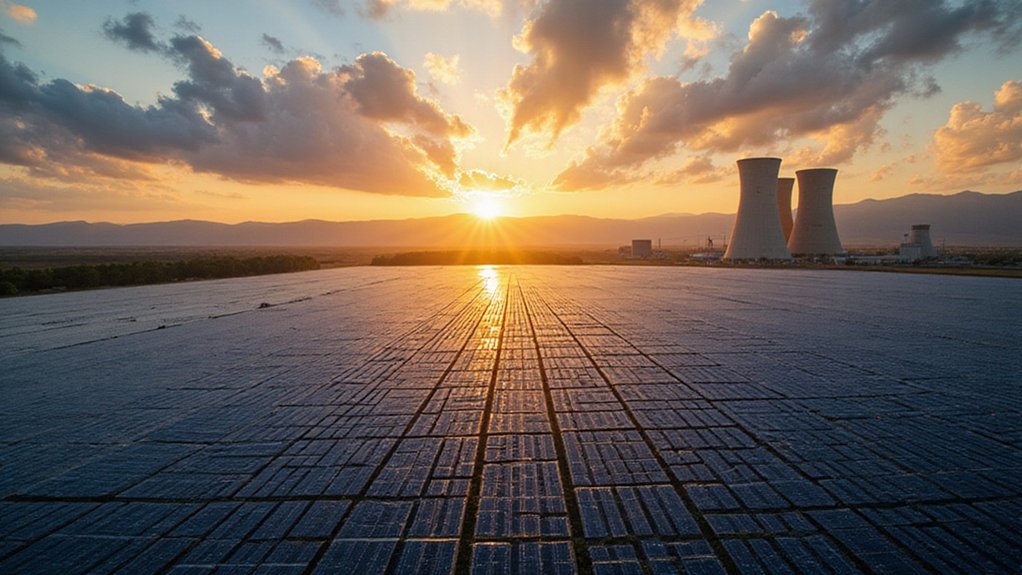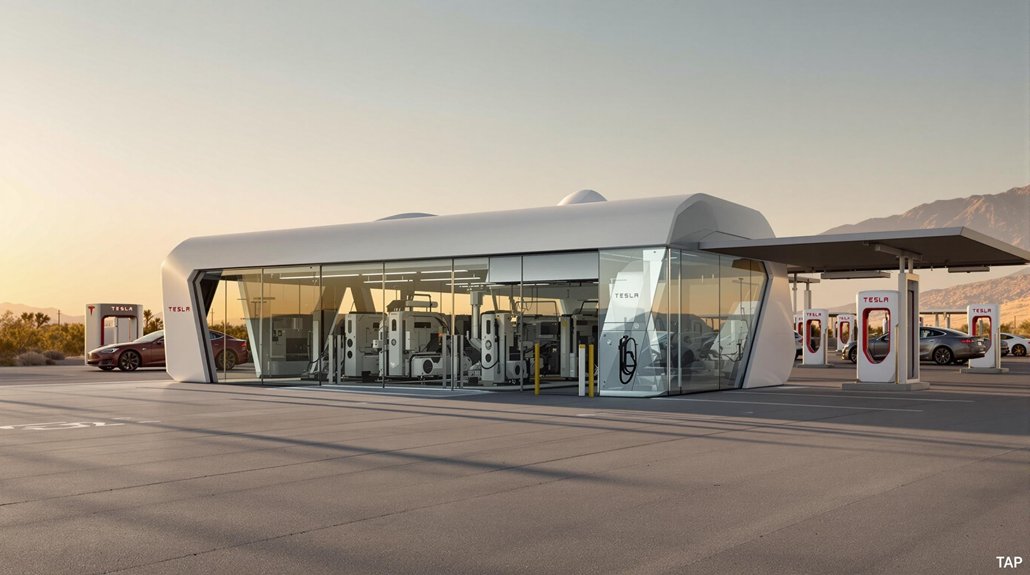While climate doomsayers predicted widespread outages during New England’s scorching late June heat wave, a surprising duo swooped in to save the day — battery storage and small-scale solar.
Temperatures blasted past 100°F, humidity made everyone miserable, and electricity demand hit a staggering 26,000 MW on June 24. That’s the highest since 2013, folks. Should’ve been a recipe for disaster.
But it wasn’t. Private solar panels pumped out electricity during the day, taking pressure off the grid when sun was abundant. Then batteries kicked in during evening hours when demand typically spikes. The one-two punch worked brilliantly.
ISO New England confirmed what energy nerds already suspected: these resources prevented major system stress. No blackouts. No emergency measures. Just the grid doing its job with some new helpers. The state of charge monitoring systems were crucial for effective management of battery reserves during the crisis.
The financial impact? Massive. Tens of millions of dollars saved across New England. Acadia Center estimates that rooftop solar alone saved customers over $19 million during the heat wave. Those expensive fossil fuel generators that typically fire up during emergencies? Many stayed offline. Price spikes that normally last hours were cut short when batteries discharged their stored energy. Pretty clever system.
Behind-the-meter solar installations now total about 7,800 MW region-wide, routinely slashing grid demand by up to 1,736 MW during peak hours. That’s a lot of power not needed from traditional sources.
The daily demand peak has shifted too – from afternoon to early evening – as solar adoption spreads.
Regulatory frameworks deserve some credit. The Clean Peak Standard incentivizes storage projects to discharge during high-demand periods. State programs boost incentives for solar installations paired with storage.
First-of-their-kind policies require batteries to charge from renewables, not fossil fuels.
It’s a virtuous cycle. Batteries store excess renewable energy that would otherwise be wasted. When solar output drops in evening hours, that stored energy gets dispatched. The system’s working.
This success demonstrates how renewable energy can overcome reliability challenges through proper storage solutions, addressing the inconsistency concerns that have historically favored nonrenewable sources.
No public conservation calls. No controlled outages. Just a modernizing grid that handled extreme weather without breaking a sweat—unlike the rest of New England.
References
- https://www.vermontpublic.org/local-news/2025-07-09/batteries-playing-bigger-role-keeping-lights-on-new-england-heat-waves
- https://energycentral.com/news/how-battery-storage-poised-transform-new-england’s-power-grid
- https://www.iso-ne.com/about/where-we-are-going/batteries-as-energy-storage
- https://www.iso-ne.com/static-assets/documents/100023/20250522_pr_summer_outlook_2025.pdf
- https://ttms.com/blackout-preventing-power-outages-with-real-time-network-management-systems-rt-nms/








